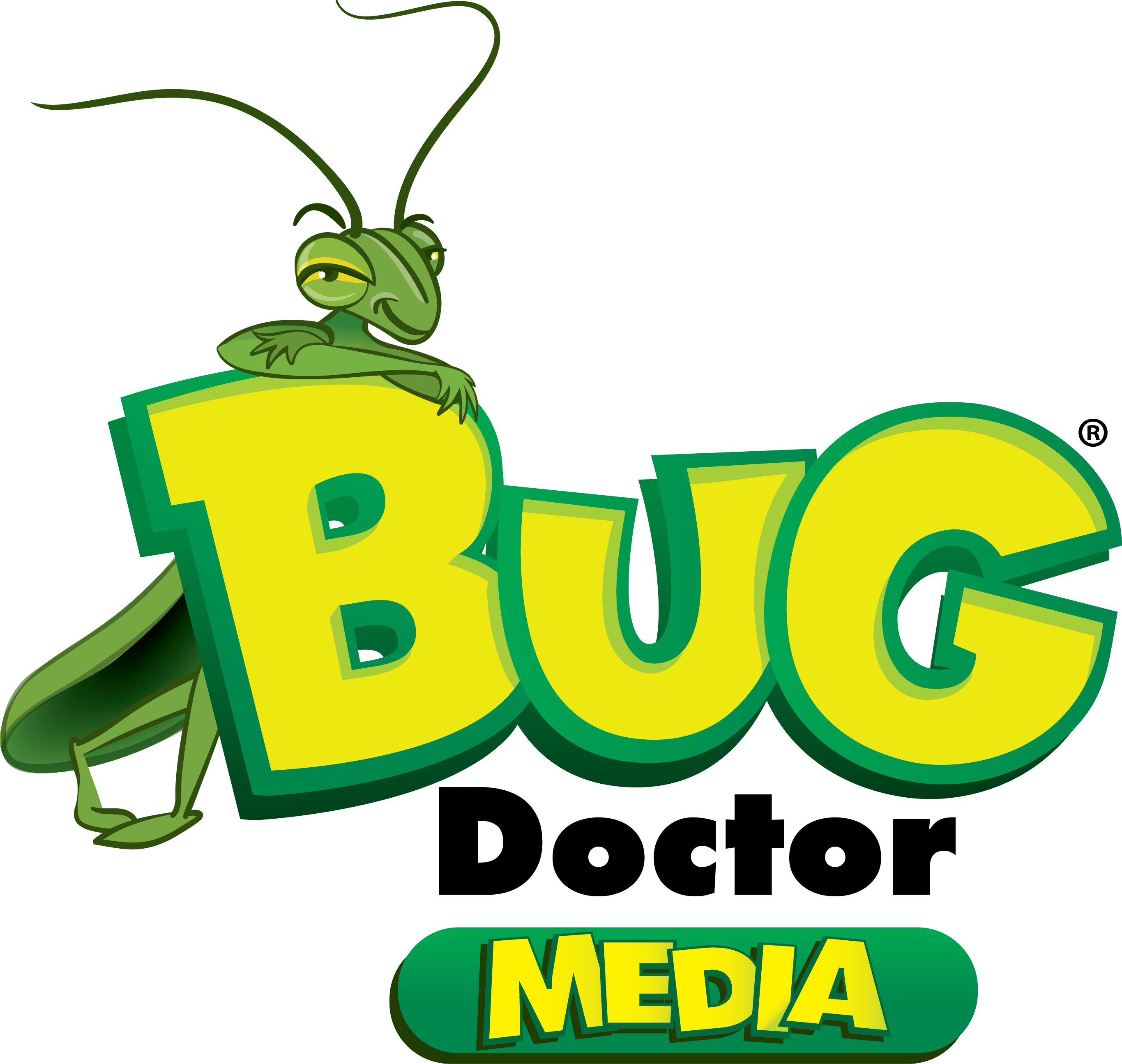I am regularly challenged to justify the value of print media. There is the general perception that print media is on the way out, and that online is the only way to go. This is partly due to the belief that print is old fashioned and partly due to the comfort that marketers and senior management receive from the metrics that online media can readily supply. However, these discussions are based on the flawed assumption that online and print are inter-changeable – they aren’t.
Where are we coming from?
Firstly, I should say that our business owns a specialist industry magazine; originally in print only, but recently expanding into a variety of online formats. We are also a full-service marketing agency, active in online advertising and SEO, and so we like to think we are fairly balanced in our appraisal of media and advertising opportunities.
Not all print media is equal
Traditionally, the phrase ‘print media’ referred to newspapers and magazines. These publications, whether the broadsheets or gossip magazines, offered ‘here today, gone tomorrow’ content with general appeal. The stories were printed (and read) with urgency, while the news was still fresh. It’s no surprise that this kind of time-sensitive content is now consumed online, with breaking news delivered straight to our smartphones as it happens. News tends to be consumed in quick, short ‘bytes’, and this switch from print to online for the consumption of information with broad appeal has been well publicised.
Specialist magazines, however, are a different beast. In many cases their popularity is thriving. Convenience and trust are big drivers of this popularity, but as we shall see, there is something unique in how we interact with print.
Convenience of specialist publications
For new developments on a specialist subject matter, you don’t know what you don’t know – so what do you search for online? And even if you find relevant content, how can you be sure of its validity? And how long would it take you to find all the content in a specialist magazine through online searches?
Specialist magazines trump online content for convenience, with readers receiving all the latest information on their particular area of interest, landing on their doorstep every month or so. The content is highly relevant and in-depth, information that readers will take time to digest.
The element of trust
Unlike most online content, print magazines are considered trustworthy. In fact, trust in traditional media content and their online versions (ie. Journalist generated content) has increased by nearly 10% over the last three years, whilst the trust in social media and search engines continues to decline, dropping 5% over the same period. (Association of Magazine Media (MPA) 2018-19 Annual Magazine Factbook).
Trust in advertising content also varies, with readers regarding ads very differently depending on whether they are presented in print or online.
A German study in 2016 reported by eMarketer.com, indicated that ads in newspapers and magazines were perceived to be the most trustworthy information source (54%) after recommendations from family and friends. E-marketer further reported in Jan 2017 that even amongst internet users, the highest level of trust was placed in print ads (82%) compared to various online options (which varied between 25-61%).
What ad formats are preferred?
It’s not just a question of trust, but online ads are also ignored more, even by millennials. A 2015 Quadgraphics survey reported that 49% of millennials ignored internet ads, with direct mail, inserts and magazine ads only being ignored by 15-32% of millennials. This is supported by a 2017 study by Kentar Millward Brown, which reported Generations X, Y and Z strongly preferred traditional media to online advertising, with native ads being particularly preferred. Invasive, non-skippable online ads are disliked by all generations.
A word on printed inserts. In a world where online users will ignore ads or even block them, e-marketer reports that 70% of US adult consumers checked out inserts that came free with their regular publication, with 56% of respondents saying they enjoyed seeking out and looking at inserts ‘just because’ – not a behaviour seen with online advertising.
The bottom line is that most online advertising is forced on the customer and is regarded with a low level of trust; print publications are chosen by the customer and are regarded with a significantly higher level of trust.
The power of the mind
 It is a basic misconception that content presented on screen is consumed, integrated and recalled in the same way as print media. It isn’t. A white paper from the Association of Magazine Media – What can Neuroscience tells us about why print advertising works? – provides a good summary of the mechanisms in play, which we’ll touch on below.
It is a basic misconception that content presented on screen is consumed, integrated and recalled in the same way as print media. It isn’t. A white paper from the Association of Magazine Media – What can Neuroscience tells us about why print advertising works? – provides a good summary of the mechanisms in play, which we’ll touch on below.
How do we read?
A number of studies, including a study from San Jose State University, provide the same general conclusion: that people don’t read online, they scan. Online ‘reading’ tends to be faster and more superficial – browsing and scanning, keyword spotting, non-linear reading. Print reading is slower and more deliberate, with more in-depth and concentrated reading. This impacts on comprehension, recall and engagement.
How eyes scan and focus on various elements of adverts is a whole area of study in itself. Understanding these behaviours can certainly aid in the development of more effective creative.
Comprehension and recall
In the Association of Magazine Media white paper, the majority of the studies reviewed indicated that print media was easier to comprehend and more readily recalled.
In a 2011 study referenced in the white paper, the authors noted that there was no difference in the ability to recall of information presented in print or digital content form when participants were given limited time to read the articles. However, the recall of print media was significantly better when participants were given unlimited time to read the content.
Interestingly, when asked to rate how well they had learned the material, print readers accurately predicted their ability to recall information whereas online readers significantly over-estimated their ability to recall information.
A later study suggested that the reluctance of online readers to back swipe to reinforce comprehension, whilst paper readers would readily turn back pages, contributed to the level of comprehension.
Canada Post partnered with neuromarketing firm True Impact in 2015 to produce the report, A Bias for Action. Their studies focused on looking at the effectiveness of print (direct mail) versus digital (email and display) advertising.
Their study recorded that direct mail requires 21% less cognitive effort to process than digital media, which means the ads are easier to understand and in theory more likely to be remembered. This theory was supported by the brand recall data where participants had a 70% higher recall rate of print ads when compared to digital ads (75% v 44%). They concluded that this increased ability to understand and recall, led to print advertising being processed more quickly, be more persuasive and therefore be more likely to drive behaviour than digital advertising.
Distractions online
These studies strongly indicate the print media is more readily comprehended, recalled and committed to long-term memory than online content. However, the ‘noisy’ environment of online media also has an impact.
The whitepaper also references reports demonstrating that the online environment provides a plethora of distraction opportunities – obvious on screen distractions are ads and pop-ups, but even hyperlinks have been demonstrated to cause distractions, resulting in lower comprehension and recall.
In touch with your emotions
It further appears that the physical touch of print media and associated motor activity (turning pages) also aids memory formation and recall, but perhaps more importantly leads to a higher emotional engagement with the content being read.
Using fMRI brain scans, researchers from Temple University in Philadelphia, USA, demonstrated that printed adverts activated the ventral striatum area of the brain more than digital media. The ventral striatum is an area of the brain which shows increase activity when experiencing desire and appreciating value.
Not only does this emotional connection make content more memorable, but clearly emotional connection is a key objective for any branding exercise.
Get your marketing mix right
As with any marketing activity, it’s important to set your objectives before deciding on your media. The bottom line is that print and online are different beasts, both with their strengths and weaknesses.
The data reviewed above clearly indicates that print can be more effective than digital on a number of parameters. However, digital itself has its own significant advantages; it can intercept consumers during their purchasing decision, harnessing the powerful targeting and personalisation tools available. Both media offer unique sensory opportunities – print can harness touch and smell, digital can deliver video and audio.
The Multiplier Effect, a study commissioned by the industry organisation Magazine Networks surveyed both magazine and non-magazine readers. It found that brands that included print magazines in their marketing mix saw an increase in various brand health and purchase intent metrics:
- 22% increase in brand trust
- 55% increase in brand favourability
- 29% increase in purchase intent
Other studies have found a similar impact in combining print and digital. A survey conducted by Valassis found that within 30 days of viewing a newspaper insert, 30% of people went online to get more information about the advertised product.
Furthermore, The Multiplier Effect also reported that the combination of print and digital seemed to drive higher level brand involvement, with people 2.6 times more likely to recommend the brand to others.
The future
Hailing the death of print is a little premature, as magazines, especially specialist publications delivering quality content, continue to grow. In 2017 overall growth in magazines was up 1.4% on 2016. This figure was dragged down by general magazines, whose content can easily be obtained from a variety of sources – popular culture and entertainment magazines were down 4%, whereas the magazines in specialist categories showed strong growth – science and technology magazines were up 9%. (2018-19 Magazine Media Factbook).
There is argument that with screen use now being integrated into education from a young age, how we interact, consume and remember digital information may change with future generations. Yet some fundamental differences between print and digital media that may never be bridged. A 2013 study in Norway on tenth grade students (so presumably familiar with reading online) concluded that “students who read texts in print scored significantly better on the reading comprehension test than students who read the texts digitally.”
Whatever the future may hold, without doubt the current state of play shows that print media should be a key part of the marketing mix, especially when trying to communicate complicated information, drive emotional connections and generally build long-term relationships and brand equity.
Key references:
2018-19 MPA Magazine Media Factbook. Association of Magazine Media (MPA)
What can Neuroscience tells us about why print advertising works? (2015). Association of Magazine Media
Millennials – An Emerging Consumer Powerhouse. Quadgraphics 2015


